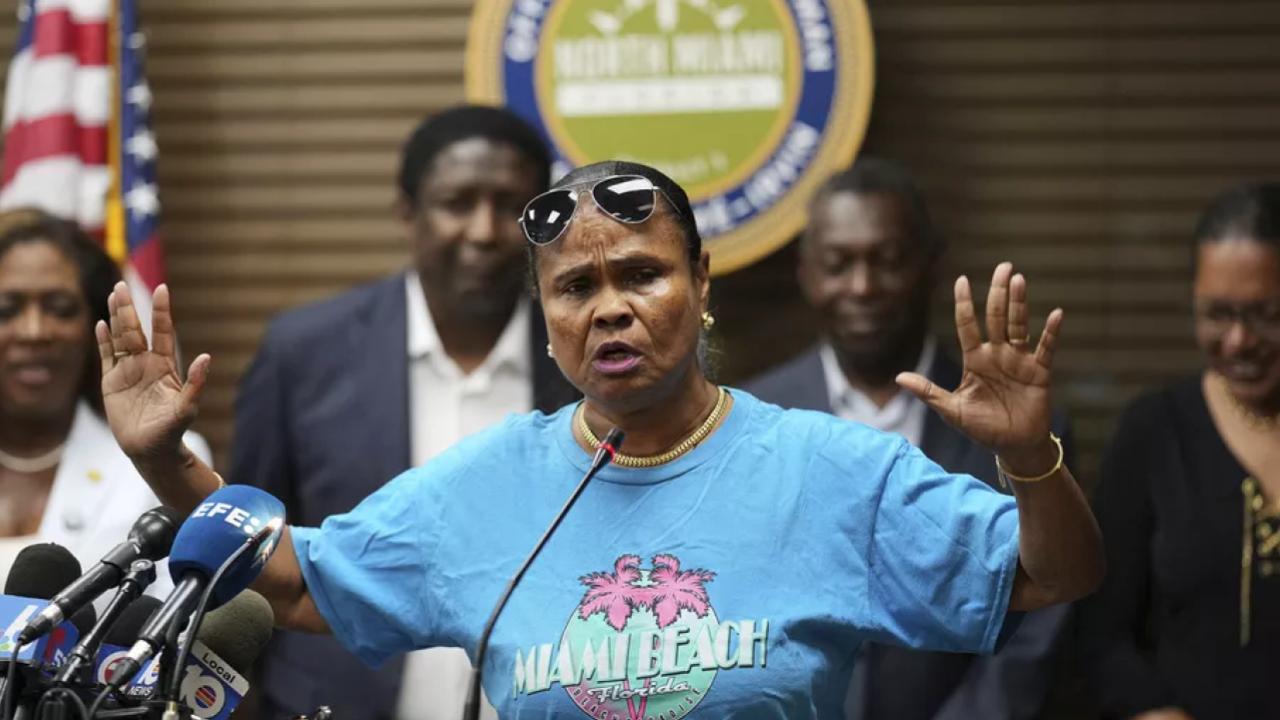In a move with sweeping consequences, the Senate passed a bill on July 1 that enacts the largest Medicaid cuts in U.S. history. The legislation, part of a broader budget package, slashes over $1 trillion from the program by 2034—potentially stripping health insurance from up to 17 million Americans. Here’s what you need to know, what to expect, and how it could impact your family.

Senate Just Approved the Biggest Medicaid Cuts Ever
| Takeaway | Stat |
|---|---|
| Americans at risk of losing Medicaid | ~12–17 million |
| Federal funding reduction | > $1 trillion |
| Likely impact on rural hospitals | Closures and reduced services |
This vote marks the most severe rollback of Medicaid in American history. Whether you’re covered by the program or know someone who is, the effects will be profound. Healthcare access, economic stability, and community wellbeing are all at stake. Stay engaged and speak out—because your voice could be the difference between coverage and crisis.
What’s in the Bill: Cuts and Conditions
The Senate’s decision wasn’t a trim. It was a wholesale overhaul. The new law tightens eligibility, reintroduces bureaucratic red tape, and imposes work requirements for millions of adults:
- Work Requirements: Adults must prove work or community engagement every six months or risk termination of benefits. This affects adults with dependents and some older Americans.
- Administrative Red Tape: Reverses Biden-era streamlining, bringing back frequent eligibility checks and renewals. Miss a deadline? Lose your coverage.
- Funding Mechanisms Cut: States often used provider taxes to help fund Medicaid. These are capped, leaving state budgets stretched thin.
All told, the cuts reduce more than half of Medicaid’s annual budget.
Who Is Most at Risk?
These cuts won’t fall evenly. Here’s who’s likely to feel them hardest:
- Low-Income Families and Children: Children’s eligibility remains intact legally, but administrative hurdles may still force coverage loss.
- Seniors and Disabled Individuals: Medicaid funds long-term care. Cuts may force many into institutions or eliminate home services.
- Rural Hospitals and Clinics: Already strapped for funds, these centers may shutter without Medicaid reimbursements.
- Behavioral Health Patients: Many addiction and mental health services rely heavily on Medicaid funding.
“I’m 64, I have COPD, and Medicaid is the only way I get the oxygen and medication I need,” said Tanya R., a Denver resident. “I’m terrified.”
Why Did This Happen?
The cuts came as part of a larger Republican-led budget bill nicknamed the “Big, Beautiful Bill,” passed 51-50 with Vice President J.D. Vance casting the tie-breaking vote. It pairs Medicaid cuts with a $4.5 trillion tax cut package primarily benefitting high-income earners.
Republicans say it’s about fiscal responsibility. Democrats argue it’s robbing the poor to pay the rich. “This is a transfer of wealth from vulnerable Americans to the ultra-wealthy,” said Sen. Ron Wyden (D-OR).

Fallout: What Happens Next
Here’s what we can expect as the bill becomes law:
- Coverage Losses: Up to 17 million could lose Medicaid as states implement eligibility restrictions.
- Hospital Closures: Especially in rural areas and low-income neighborhoods.
- Local Economic Ripples: Medicaid spending boosts state economies. Cuts may lead to layoffs and service reductions.
- Racial and Income Inequities: Black and Latino populations are more likely to rely on Medicaid; disparities could deepen.
What You Can Do
- Check Your State’s Plans: Some states may reject new requirements or fill funding gaps. Contact your Medicaid office.
- Reach Out to Lawmakers: Let them know how these changes could affect you or your loved ones.
- Support Advocacy Orgs: Groups like Families USA and PIH are mobilizing opposition.
- Stay Informed: These changes roll out over years. Monitor local news and Medicaid announcements.
FAQs
Who is losing Medicaid coverage?
Mostly low-income adults, seniors, and those with chronic conditions. Children are technically protected, but bureaucratic snags could still drop them.
Are all states affected equally?
No. States have discretion, but poorer states with tight budgets may make the most drastic cuts.
When do the changes start?
Phased implementation begins in 2027, but administrative changes may come sooner.
Can this be reversed?
Possibly. Lawsuits, state opt-outs, and future elections could change course.






